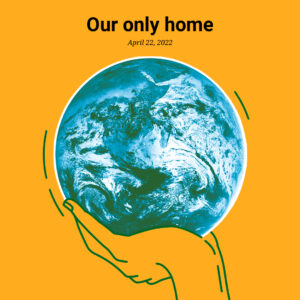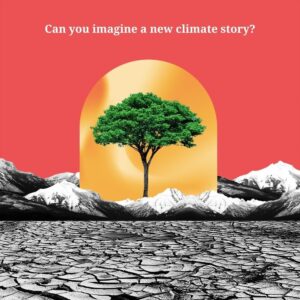Eleven weeks later I am reflecting on the transformative journey through the Environmental Design Course, exploring how it reshaped my understanding of sustainable and ecological design practices. Before embarking on the Environmental Design course I thought recycling, choosing a sustainable material, or reducing waste was what created a sustainable approach to design. However, although those practices are an important part of ecologically responsible design they play a small role. If we are going to secure the future of the planet we must design with an inclusive, interconnected approach that considers and includes all human and non-human things throughout the design process.
Inspiration for this type of “environmental design practice” can be taken from settled cultures that live with a slow approach to life. This way of life is vastly different from our western society that is fast paced, excessive and thrives on consumption. Settled cultures take their time to achieve things, working mindfully, in touch with the land around them, using resources provided by the surrounding community. Orr mentions a few successful cases of this ecological design and highlights that it is possible for all designers to create ecological designs with this level of success if we draw on the history that is “evident in many places, times and cultures prior to our own”. This approach requires a deeper understanding of cultural practices that have harmonized with nature over centuries, enabling designers to draw on “intelligence that is deeply embedded in the culture”. (Orr, DW. 2002)
Designing with this mindset means shifting away from the fast-paced, consumption-driven habits of modern society and instead embracing practices that prioritize mindfulness, community, and respect for the natural world. As Orr highlights, the solutions to our current ecological crises often lie in the practices of the past—cultures that demonstrated how to live and create in ways that sustain rather than deplete the world around them. By learning from history and remaining committed to an interconnected approach, we can collectively work towards a design ethos that truly supports the long-term well-being of our world.

Ecological Civilization (Lent, J. 2021)
The Environmental Design course has been a transformative experience, reshaping my understanding of what it truly means to design sustainably. I have learned that ecologically responsible design is not merely about individual actions like recycling but involves adopting a holistic and inclusive approach. This approach requires us to recognize the interconnectedness of all living and non-living things and to draw inspiration from the wisdom of cultures that have lived in harmony with nature for centuries.
Ultimately, this course has highlighted the importance of not only individual responsibility but also collective action in fostering a way of life that ensures a balance between human needs and the health of the planet. By incorporating these principles into future designs, we can contribute to a more balanced and ecologically sound world. Moving forward, I am inspired to integrate these lessons into my own practice, embracing the complexity and responsibility of designing for a sustainable future.
Bibliography:
Lent, J. 2021. What Does An ecological Civilisation Look Like: In Depth https://www.yesmagazine.org/issue/ecological-civilization/2021/02/16/what-does-ecological-civilization-look-like Accessed on 25/11/2024
Orr, DW 2002, Nature of Design: Ecology, Culture, and Human Intention, Oxford University Press, Cary. Available from: ProQuest eBook Central. (p7-12)








